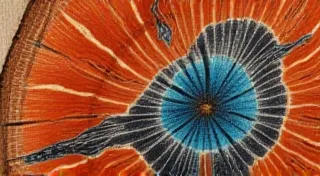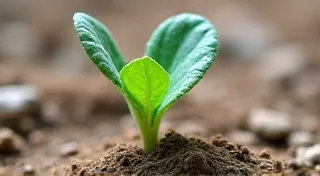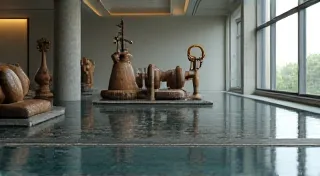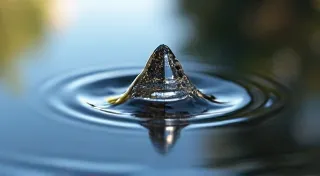The Scar and the Seed: Rebirth Through the Carving Blade
There's a peculiar alchemy at work when a penknife meets wood. It’s not simply the subtraction of material, the act of carving, but a transformation. A dance between destruction and creation, a silent conversation between the hand holding the blade and the grain beneath it. To understand the history of penknife whittling isn’t just about timelines and tools; it’s about understanding the human impulse to find beauty within imperfection, to coax potential from the seemingly broken. It’s an impulse deeply connected to resilience, adaptation, and the inherent promise of rebirth.
My own journey into this craft began, as so many do, with a small, unassuming penknife and a piece of pine. I was a child, adrift after a family upheaval, and the repetitive rhythm of shaving wood, the slow reveal of form, offered a peculiar solace. It was a tangible act of control in a world that felt increasingly chaotic. Years later, I discovered antique accordions – intricate instruments, often discarded, damaged, and forgotten. They, too, embodied this same cycle of decay and potential renewal. It’s hard not to see the parallels: both the woodcarver and the accordion restorer are working with the remnants of something once whole, attempting to unlock a hidden harmony.
The Roots Run Deep: Folk Art and the Whittling Blade
The history of penknife whittling isn't neatly documented in grand narratives. It's woven into the fabric of folk traditions, embedded in the hands of rural artisans, sailors, and working-class families. Before specialized carving tools existed, a simple penknife was the most readily available instrument for shaping wood. It was a practical tool, yes, used for countless tasks, but it also became a conduit for creativity. The whittler was often a storyteller, a craftsman creating small figures, toys, and functional objects – expressions of their lives and their communities.
Consider the Appalachian whittlers of the American South. Isolated by geography and economic hardship, they relied on their resourcefulness and ingenuity. The act of whittling wasn’t a hobby; it was a skill passed down through generations, a form of entertainment, and often a source of modest income. These figures, often animals or human forms, weren’t striving for perfect realism. They were capturing the essence of a subject, conveying emotion and personality with a few carefully placed cuts. They were revealing the potential that lay hidden within the raw wood, liberating it from its rough exterior. And the act itself, the shaving away of the unnecessary, was a metaphor for resilience – the ability to shed what weighed them down and persevere through hardship. The deliberate removal, the shaping through subtraction, echoes a broader philosophical truth about finding beauty and strength in letting go – a concept explored further in articles about shaping form through subtraction.
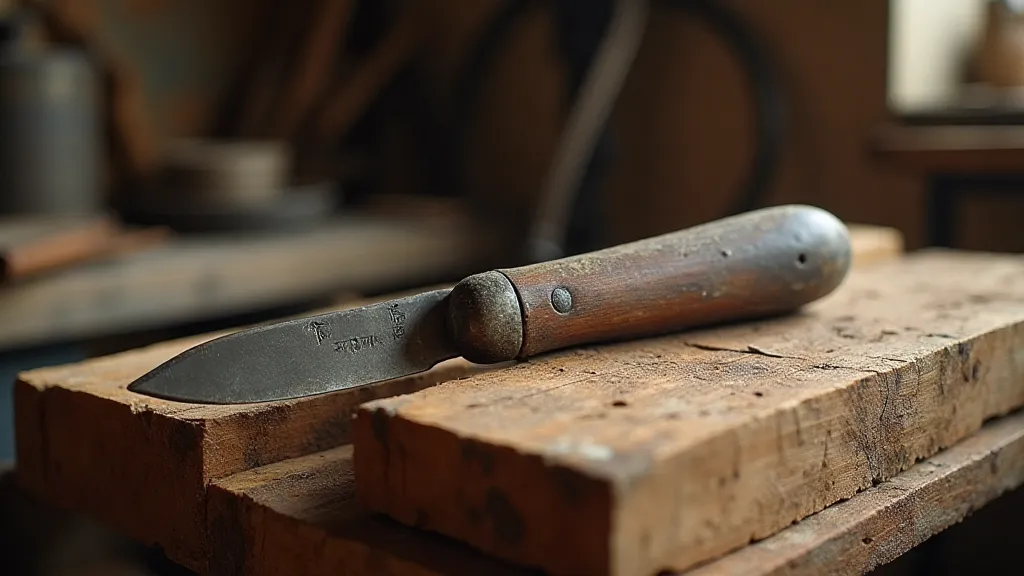
The Sailor's Companion and the Traveler’s Art
Beyond the Appalachian mountains, the penknife also found a steadfast companion in the hands of sailors. Life at sea was often monotonous and dangerous, and whittling provided a much-needed distraction and a creative outlet. The small, easily transportable knife became an extension of the sailor’s hand, allowing them to create small tokens, figurines, and nautical keepsakes. These carvings often reflected their experiences at sea – whales, ships, and depictions of faraway lands. They were tangible reminders of home, testaments to their endurance, and miniature works of art born from isolation and necessity.
The whittler’s art extended beyond the practical and the representational. It became a form of meditation, a way to connect with the natural world, and a means of processing emotions. It demanded focus and precision, requiring the carver to be fully present in the moment. The scars left by the blade weren’t seen as blemishes; they were evidence of the process, marks of transformation. They were the story of the carving’s creation, a visible record of the relationship between the carver and the wood. The connection to nature, the rhythm and the focus, speak to a deeper philosophical practice – one that considers the silent dialogue between a carving blade and nature.
From Utility to Art: The Evolution of the Craft
As technology advanced and mass production became the norm, the widespread practice of penknife whittling began to decline. The rise of factory-made toys and the availability of power tools diminished the need for handcrafted wooden objects. Yet, the craft didn’t disappear entirely. It persisted in pockets of rural communities, passed down through families, and kept alive by those who valued the tradition and the unique character of handcrafted objects. The focus began to shift, moving from pure utility to artistic expression.
The mid-20th century saw a renewed interest in folk art and traditional crafts, bringing penknife whittling back into the spotlight. Artists began to explore the artistic possibilities of the craft, pushing the boundaries of what could be achieved with a simple knife and a piece of wood. The scars and imperfections were embraced as integral parts of the aesthetic, adding character and depth to the carvings. The beauty lay not in flawlessness, but in the story etched into the wood’s surface. This celebration of the imperfect, the transient, and the echoing of time is very much a conversation about ephemeral forms and the penknife’s dialogue with impermanence.
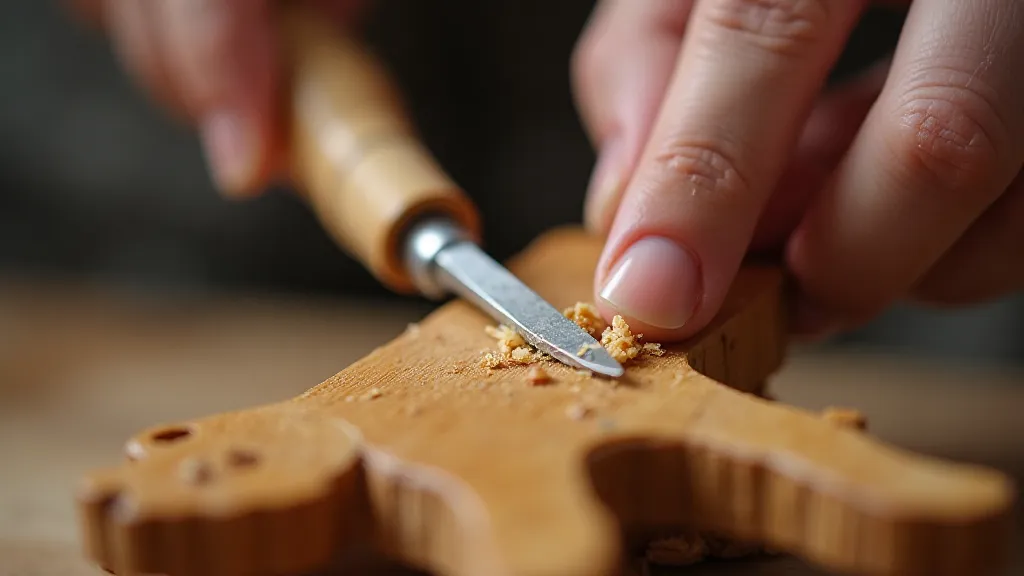
The Accordion's Lament and the Carver's Hope
Restoring an antique accordion is a process much like whittling, a slow revelation of potential beneath layers of neglect and damage. The bellows, cracked and brittle, need careful patching and reinforcement. The keys, often yellowed and sticky, require meticulous cleaning and adjustment. Each step is a decision, a delicate balance between preservation and repair. You’re not simply fixing an instrument; you’re breathing new life into a piece of history.
There’s a melancholic beauty in these discarded instruments. They carry the echoes of past performances, the memories of countless hands that have played their melodies. To restore them is to honor that history, to give voice to the silent song of the wood and metal. Just as the whittler embraces the scars on the wood, the accordion restorer sees the cracks and wear as marks of authenticity, evidence of a life well-lived. The very nature of restoration involves a deep consideration of memory and the passing of time, echoing the essence of the echo of grain and the memory of hands.
The Legacy of the Blade
Penknife whittling, like the restoration of an antique accordion, is more than just a craft; it’s a philosophy. It’s a reminder that beauty can be found in imperfection, that potential lies hidden within the broken, and that destruction can be a catalyst for rebirth. The scars left by the blade are not blemishes; they are stories, evidence of the transformative power of the human hand.
Whether you’re a seasoned woodcarver or a curious beginner, picking up a penknife and a piece of wood is an invitation to connect with a rich tradition, to explore your creativity, and to discover the quiet satisfaction of bringing something beautiful into the world. Embrace the scar, and find the seed of potential within.
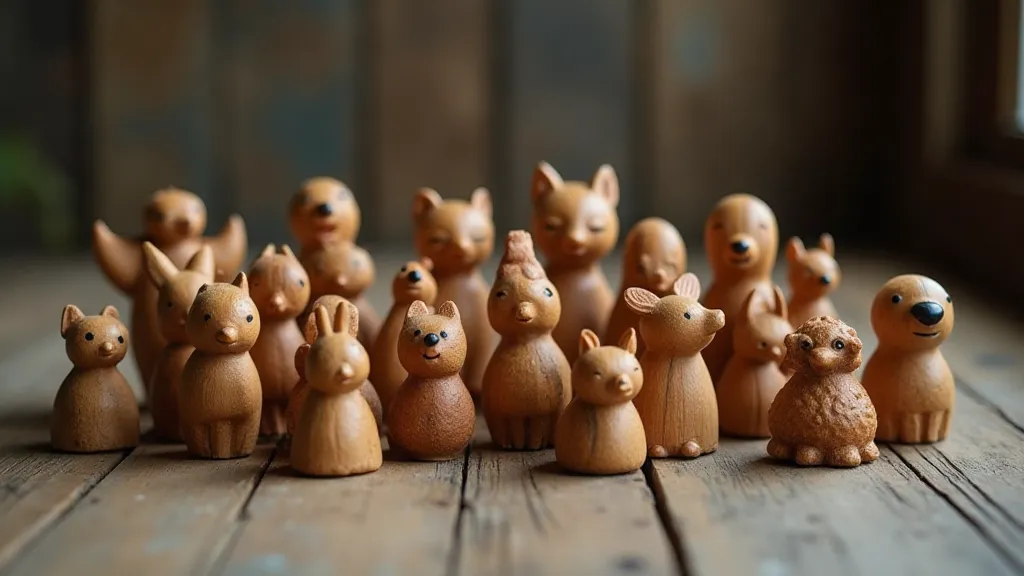
The simple act of carving encourages a mindful connection with the materials, fostering an appreciation for the inherent qualities of the wood—its grain, its texture, and the subtle variations in color. It's a tactile experience, engaging the senses and providing a unique form of creative expression. The repetitive motion of shaving wood can be meditative, allowing the carver to enter a state of flow and lose themselves in the process. This mindful approach extends beyond the carving itself, influencing how the final piece is viewed and appreciated.
Moreover, the small, intimate scale of penknife whittling allows for a level of detail and nuance that is difficult to achieve with larger tools. The carver must carefully consider each cut, anticipating how it will affect the overall shape and form. This level of precision requires a deep understanding of the material and a keen eye for detail. The subtle imperfections that inevitably arise—the occasional slip of the blade, the unexpected grain pattern—become part of the character of the carving, adding to its unique charm and beauty.
The appeal of penknife whittling extends far beyond the creation of tangible objects. It is a gateway to a deeper connection with nature, a means of self-expression, and a source of lasting fulfillment. It is a tradition that has been passed down through generations, a testament to the enduring power of human creativity and the profound beauty that can be found in the simplest of tools.
